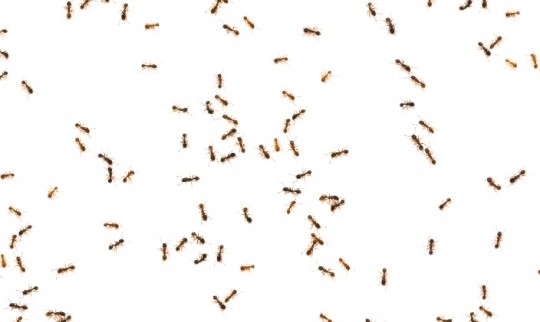The Cootie Effect: Touch, Contagion, and Magical Thinking

I’ve written about product contagion – the weird ability of one product to “infect” another with its properties (or its “cooties“) when they touch in a shopping cart – but there’s a related phenomenon that is, if anything, even stranger.
A recent study shows that even personal characteristics of celebrities can be transmitted to an item if contact occurs, or if it is believed to have occurred.
The authors of the study refer to this as “magical thinking.” In short, if we believe someone has had contact with an object, our feeling about it changes. We behave as if the item had absorbed part of their personality.
In one sense, this is no surprise – if you were handed an axe and believed that it was the tool George Washington had used to cut down the proverbial cherry tree, you would probably treat it with more reverence than an used axe with no provenance.
Nevertheless, the study shows the depths of our belief in contagion. The researchers investigated the prices people would pay for a sweater owned by a celebrity. They would pay more for a sweater owned by a popular celebrity, but that premium was lowered if the sweater had been “sterilized.”
Similarly, the price for the sweater dropped if it was thought to be owned by a disliked celebrity, but sterilization reduced the drop in value.
The Cootie Effect
This research exposes an interesting behavior characteristic. While the objective value of an axe owned by George Washington would not be diminished if, say, it was cleaned by museum staffers, the sweater values were clearly affected by “sterilization.”
Sterilization, apparently, kills both good cooties and bad cooties which attached to the item when it was touched.
And it’s not just celebrities that transmit cooties by touching items. Canadian researcher Jennifer Argo found that “consumer contamination” reduced the appeal of items. An apparel item thought to be recently touched by someone else was less appealing than an untouched item.
The benefits of touch
If you are marketing physical products, the cootie effect can help you or hurt you. Most of us can’t market products touched by a positive celebrity, but if you can honestly make that claim it will likely help sales.
Book sellers, for example, would do well to have authors sign all of their inventory when the opportunity occurs. Even if the author’s signature has no value in terms of collectibility, knowing the author handled the book should increase its perceived value.
More common are retail settings where products can be examined by customers. Being able to touch a product is an aid to sales, as holding an item can improve its desirability for the customer. UCLA researcher Suzanne Shu found that merely touching an item increased a sense of ownership of the product and boosted the item’s perceived value. Our own cooties don’t bother us, apparently.
Products handled or tried on by other people, however, are less desirable.
Avoiding bad cooties
What’s a seller to do? Letting customers handle merchandise is a plus for making a sale, but the item handled by a customer but not purchased is viewed as contaminated by other customers. One way to mitigate the negative touching effect is to keep displays orderly and the merchandise fresh-looking. Even if items have been handled, the crisp organization will imply that they haven’t been.
Having a display item and wrapped inventory is another approach. When writing this article, I realized that when buying items I unconsciously reach back for an item that’s (apparently) untouched. Having both touchable and untouched items should provide both the benefits of touch while keeping cootie-phobic customers happy.
If you happen to be selling used items, be sure your marketing reflects any sanitization procedures you employ. The research shows that people believe cooties are killed by washing, sterilization, etc.
Sometimes cooties are real
Up to this point, everything we have been talking about is imaginary. While researching this article, I found surprising (and somewhat disgusting) research that shows clothing items in stores are sometimes products returned by customers after wearing them. Culturing samples from these apparently pristine apparel items revealed fecal germs, yeast, and other nasty bugs.
So, maybe cootie-phobes aren’t so crazy after all!
